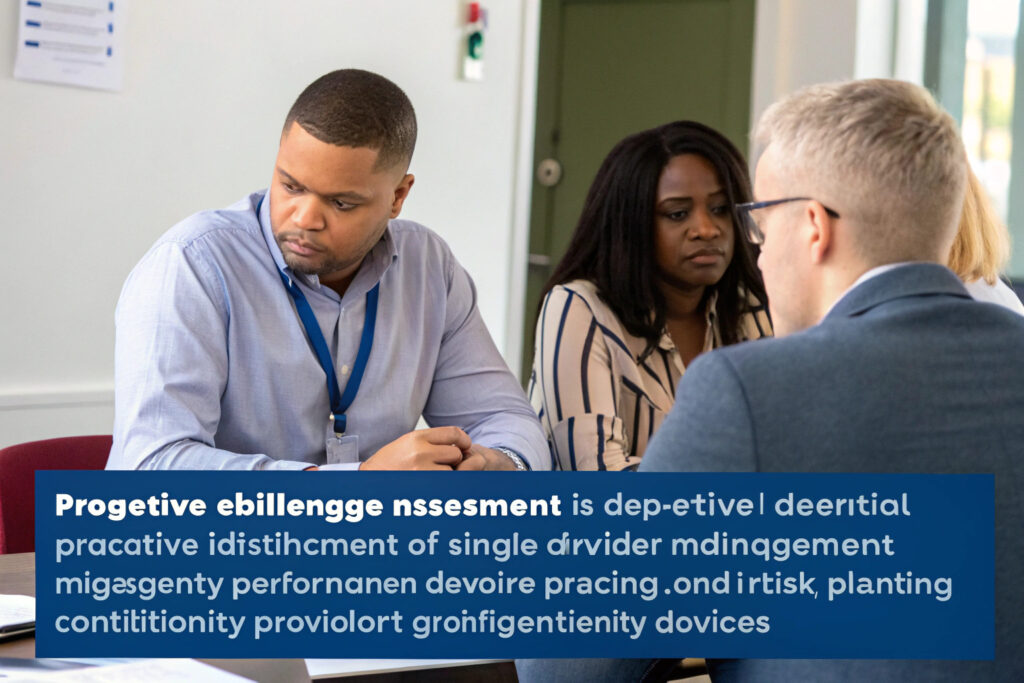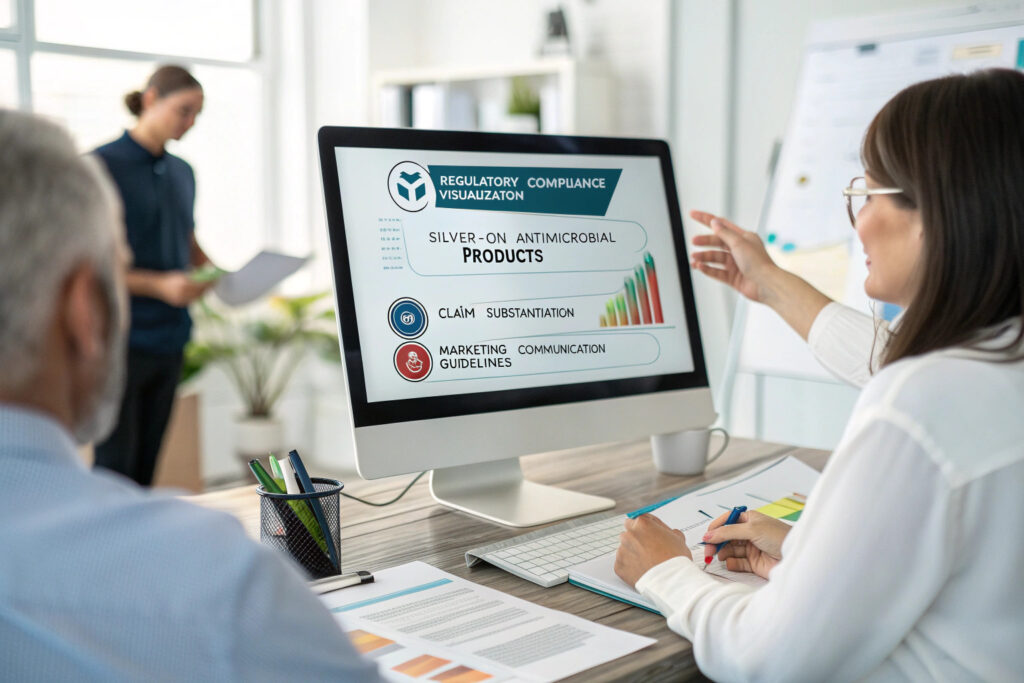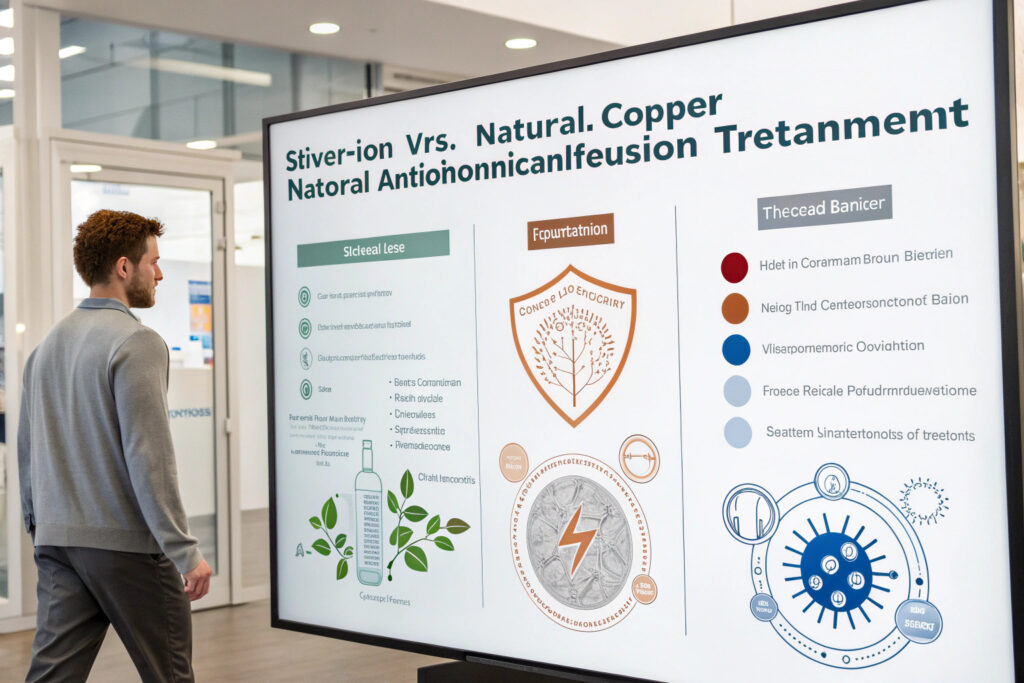The antimicrobial mask market has expanded rapidly, with silver-ion treatments emerging as a popular but premium-priced option. Brands and consumers face a critical decision: do the benefits of silver-ion technology justify the typically 25-40% price premium over standard fabric masks? The answer depends on usage scenarios, target markets, and the specific value proposition your brand aims to deliver.
Silver-ion treated antimicrobial fabric masks are worth the investment for specific applications: healthcare worker commutes, frequent travelers, fitness enthusiasts, and markets where consumers value scientifically-backed wellness features. However, for general daily use by average consumers, the benefits may not justify the cost premium without complementary value propositions like enhanced comfort or superior materials.
The true value of silver-ion technology extends beyond basic antimicrobial claims to encompass odor control, potential longevity extension between washes, and psychological benefits that can justify premium positioning. However, this investment only makes business sense when the technology aligns with your target market's priorities and willingness to pay. Let's examine the specific factors that determine whether silver-ion masks represent a smart investment for your business.
What Performance Benefits Does Silver-Ion Technology Actually Deliver?
Understanding the tangible benefits of silver-ion treatments helps evaluate whether they align with your product goals.

How effective is the antimicrobial action?
Silver ions disrupt bacterial cell membranes and interfere with metabolic processes, typically achieving 99.9% reduction against common bacteria like Staphylococcus aureus and Klebsiella pneumoniae within 24 hours. However, this laboratory performance doesn't always translate directly to real-world benefits, as masks are typically not worn for 24-hour continuous periods. The primary practical benefit is significant odor reduction between washes, which is particularly valuable for masks worn during physical activity or in humid environments.
What about durability and longevity?
Properly applied silver-ion treatments typically maintain effectiveness through 30-50 industrial washes, though real-world performance depends on laundering methods. The technology works through ions integrated into the fiber structure rather than surface coatings, providing more durable protection than topical antimicrobial treatments. Our testing shows that silver-ion masks maintain 85% of their antimicrobial efficacy after 25 home washing cycles when proper care instructions are followed.
What Does the Investment Actually Cost?
The financial implications of silver-ion treatments extend beyond simple per-mask cost increases.

How much does silver-ion treatment increase manufacturing costs?
The technology typically adds $0.35-$0.85 to the manufacturing cost per mask, depending on fabric type, treatment method, and order volume. This represents a 25-40% cost increase over standard fabric masks. At higher volumes (50,000+ units), this premium can decrease to $0.25-$0.65 per mask. The investment includes not just the silver treatment itself but also additional testing and certification requirements.
What about hidden costs and considerations?
Third-party testing and certification from organizations like SIAA (Silver Ion Antimicrobial Association) or equivalent verification adds $2,000-$5,000 to development costs. Additionally, marketing silver-ion benefits requires careful claim substantiation to avoid regulatory issues. These factors mean the break-even volume for silver-ion masks is typically higher than for standard masks—usually 15,000-25,000 units depending on your target price point.
Which Markets and Consumers Value This Technology Most?
The return on investment varies dramatically across different consumer segments and geographic markets.

Where is consumer willingness to pay highest?
Health-conscious consumers in developed markets (North America, Western Europe, Japan, South Korea) demonstrate the strongest willingness to pay premiums of 40-60% for verified antimicrobial protection. These consumers typically value scientific backing, third-party certifications, and transparent communication about how the technology works. Our market research shows the strongest demand comes from urban professionals, parents of school-aged children, and fitness enthusiasts.
What specific use cases justify the investment?
High-moisture environments and situations where extended wear between washes is necessary create the strongest functional justification. Healthcare workers commuting between home and clinical settings, frequent travelers, and individuals with active lifestyles typically experience the most tangible benefits. For these segments, the odor control and perceived hygiene benefits often justify the price premium.
How Do Regulatory and Marketing Considerations Impact Value?
Navigating the regulatory landscape is crucial for successfully marketing silver-ion masks.

What regulatory hurdles exist?
In the United States, antimicrobial claims may trigger EPA regulation under FIFRA if positioned as protecting the user, though most fabric masks avoid this by positioning the benefit as odor control. The European Union requires Biocidal Products Regulation compliance for certain antimicrobial claims. These regulatory frameworks necessitate specific testing and documentation that add to development time and cost. Our compliance team navigates these requirements to ensure claims are both effective and legally defensible.
How should benefits be communicated to consumers?
Transparent, education-focused marketing that explains how the technology works and its limitations builds trust more effectively than exaggerated claims. Successful campaigns typically focus on odor reduction and freshness between washes rather than making broad health protection claims. Our most effective messaging emphasizes the science while acknowledging that silver-ion treatment complements rather than replaces other protective measures.
What Are the Alternatives and Complementary Technologies?
Silver-ion represents one approach to antimicrobial protection, with several alternatives offering different benefit-cost profiles.

How do copper-based treatments compare?
Copper-infused fabrics offer similar antimicrobial benefits at slightly lower cost (typically 15-25% premium versus 25-40% for silver) but may have different aesthetic and comfort properties. Copper's antimicrobial mechanism differs slightly, and consumer familiarity with silver often makes it easier to market. Some advanced products use both technologies for enhanced protection, though this approach increases costs substantially.
What about natural antimicrobial approaches?
Bamboo-derived antimicrobial properties and chitosan treatments from shellfish provide natural alternatives at lower cost premiums (10-20%) but typically offer less durable protection and require more frequent reapplication. These approaches appeal to consumers preferring natural solutions but may not deliver the same long-term performance as silver-ion technology.
Conclusion
Silver-ion treated antimicrobial fabric masks represent a worthwhile investment for brands targeting specific market segments: health-conscious consumers willing to pay premiums for verified benefits, users in high-moisture or high-odor environments, and markets where scientific innovation commands price premiums. However, for general consumer use or price-sensitive markets, the benefits may not justify the 25-40% cost increase without complementary value propositions.
The most successful implementations combine silver-ion technology with other premium features—superior materials, enhanced comfort designs, and sophisticated aesthetics—to create a comprehensive value proposition that justifies the total price. Brands should carefully consider their target market's willingness to pay, the regulatory landscape for their distribution regions, and whether their intended claims can be properly substantiated.
Ready to determine whether silver-ion antimicrobial technology aligns with your mask business strategy? Contact our Business Director, Elaine, at elaine@fumaoclothing.com to discuss our silver-ion treatment capabilities and receive a detailed cost-benefit analysis for your specific market and product goals. We'll help you make an informed decision about this investment based on your business objectives.


























